Outboards
Outboards are taking over
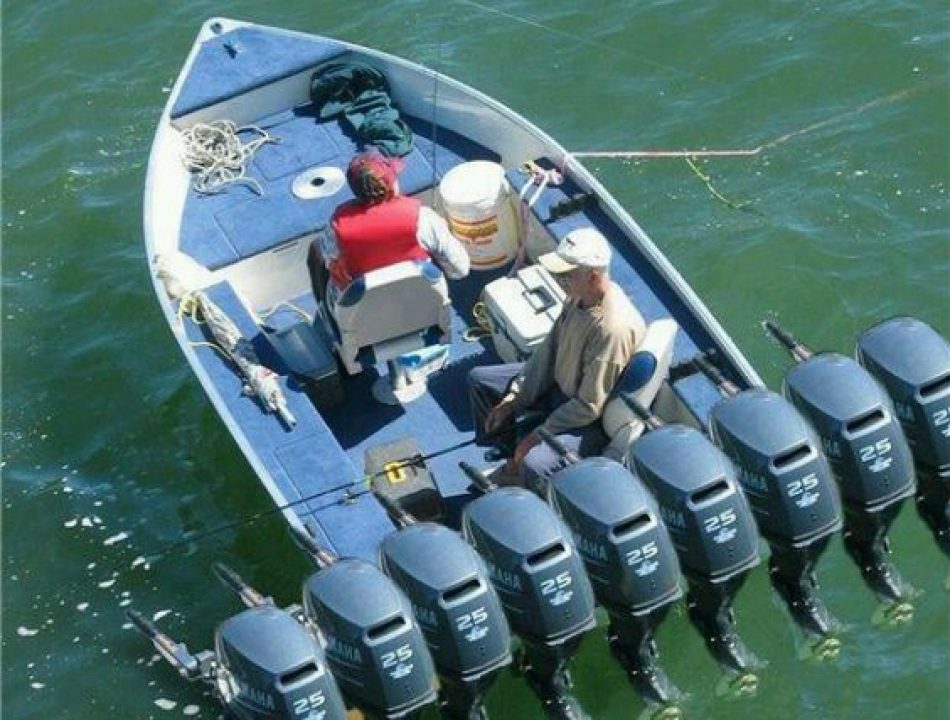
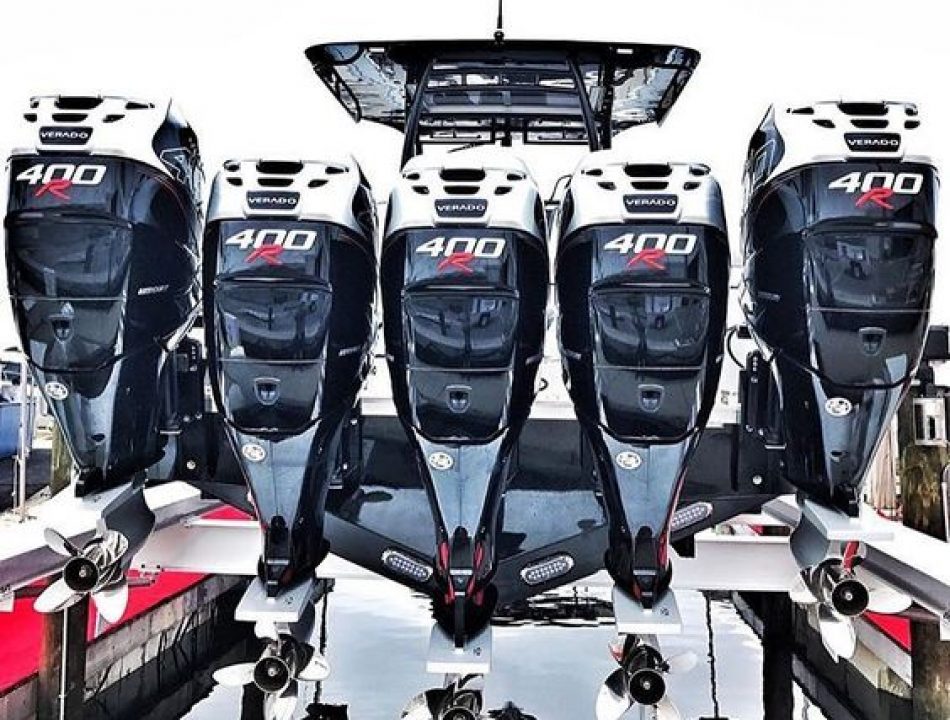
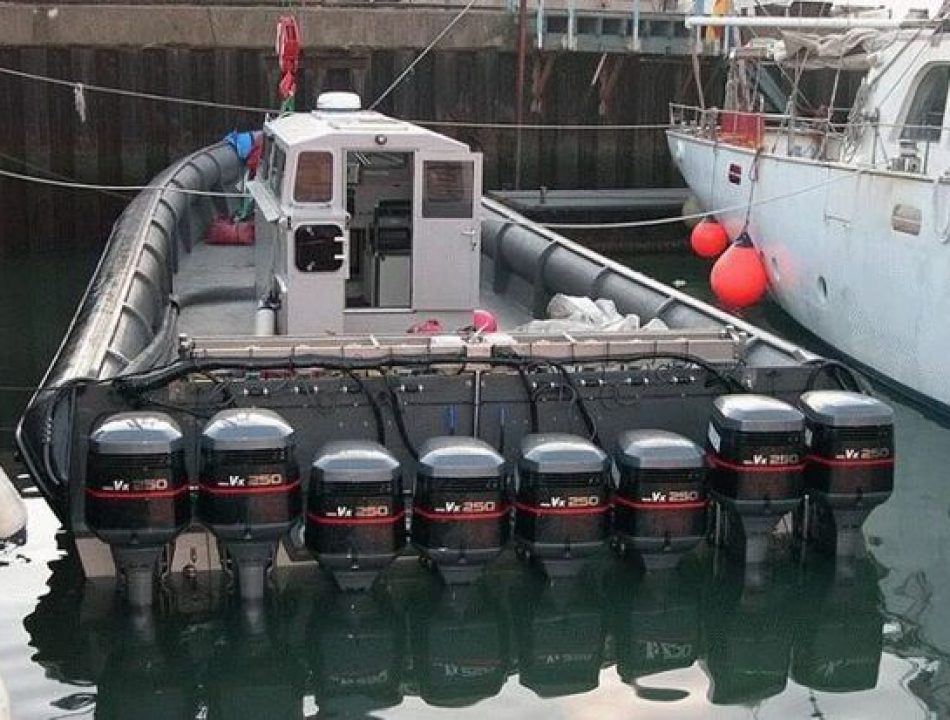
1. Warranty
Outboards seem to win the warranty game with a whopping 6 years. Let us just whisper real quietly, “that’s a long time for marine equipment”. This not only goes to show that outboards are trusted but that you can sleep with ease knowing that if something went wrong, you’re covered.
2. Fixing an issue
Whether you are out at sea or in a marina you can trust that if anything was to go wrong with an outboard you can most likely fix it. Inbuilt engines on the other hand are harder to access… housing fully seals the engine and protects it from the environment. If a problem occurs with an inbuilt engine while on the water you may be in a bit of strife, whereas you can fix most issue with outboards wherever you are.
3. Maintenance
Outboards generally require about the same maintenance as inboard gasoline engines and less than diesels (although diesel maintenance is more costly). Outboards are also much easier to work on, a good boatyard can do a total outboard engine swap in a couple of hours, where the job for a diesel is measured in days.
4. Weight
Outboards cannot be beaten on a horsepower-to-weight ratio basis.
5. Fuel efficiency
Fuel efficiency is inextricably tied to weight… Typically outboards are lighter than inbuilt engines and having less total weight to push through the water means better fuel efficiency.
6. Fuel Cost
A cost-per-horsepower comparison is impossible because OEM engine pricing is such a closely held secret, but we can say that outboards are less expensive than diesels and pods and probably close to that of stern drives and inboards. Compare cost per knot and outboards have the edge.
7. Space efficiency
Outboards are smaller than other marine power options, but size isn’t the main issue. What counts is where the space is that the engine occupies. Since the outboard is on the transom or aft, it occupies unused space. This could allow designers as much as 10 feet more interior space to play with. Imagine what they could do if there were no engines inside the boat.
8. Swimming in the shallow end
Unlike other propeller options outboards are easy to tilt or lift off so you can take your boat in really shallow. This could be useful for avid fishers or those who would rather tie up at shore than anchor.
9. Dodging erosion
Inbuilt propellors can spend years laying in the water slowly, but surely eroding. This ability to tilt an outboard propellor out of the water reduces the risk of the elements causing damage.
10. Quietness and smell
Outboards such as those of 4 stroke are deemed very quiet allowing for pleasant conversations while on the move. With the exhaust below sea level it is also said that their is a reduced smell from outboards.
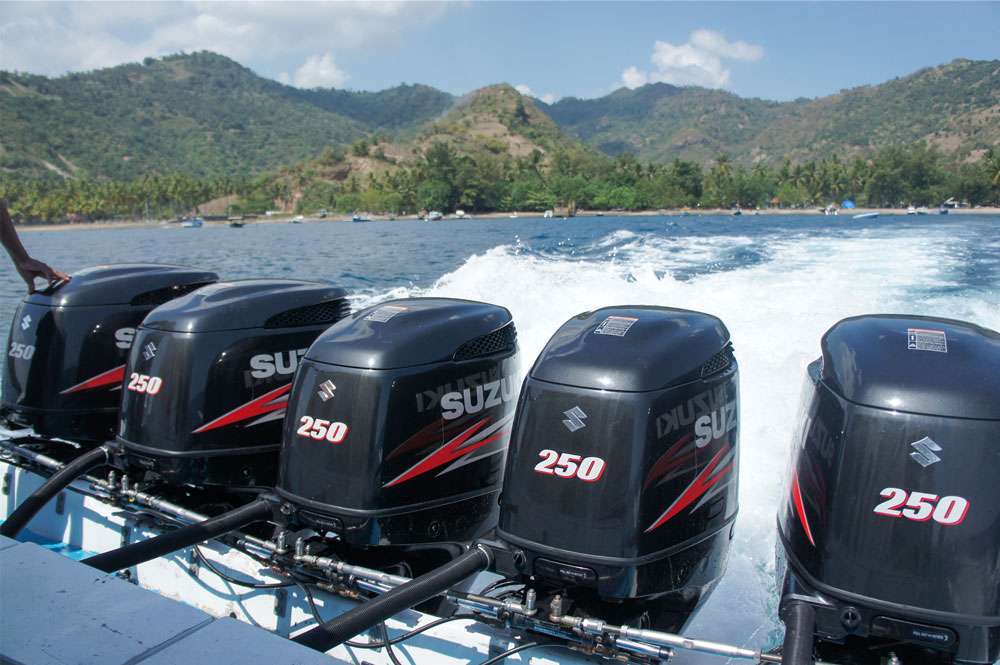
So you are probably thinking, outboards are just for smaller yachts though… But that just isn’t true. The marine world is taking an innovative turn for the better as midsize vessels are getting geared up with the good stuff.
What are your options?
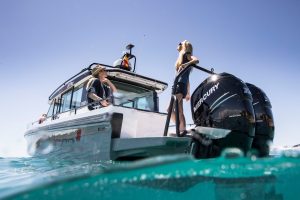
Axopar provide Finnish design fit for Australian waters. The entire range; 24, 28 and 37 ft are outboard run. Options vary from single 115hp to 400hp all the way to double 350hp depending on the size.
LATEST FROM THEBLOG
RAND Spirit 25 Performance and Key Features
RAND is reknowned for sustainability and fuel efficiency so we put the RAND Spirit 25to the test. We also take a look at this simple, yet functional design and layout.
BRABUS Shadow 900: The Epitome of Luxury and Performance in Superyacht Tendering
In the world of superyachts, every detail matters, and the choice of a tender is no exception. As the demand for opulent and high-performance tenders grows, BRABUS Marine emerges as the epitome of luxury and functionality.
6 Key Features on the New BRABUS Shadow 1200
When it comes to luxury yachts, the BRABUS Shadow 1200 stands out as a pinnacle of opulence and innovation. Let’s delve into 5 key features of this vessel that make it a true marvel on the water.


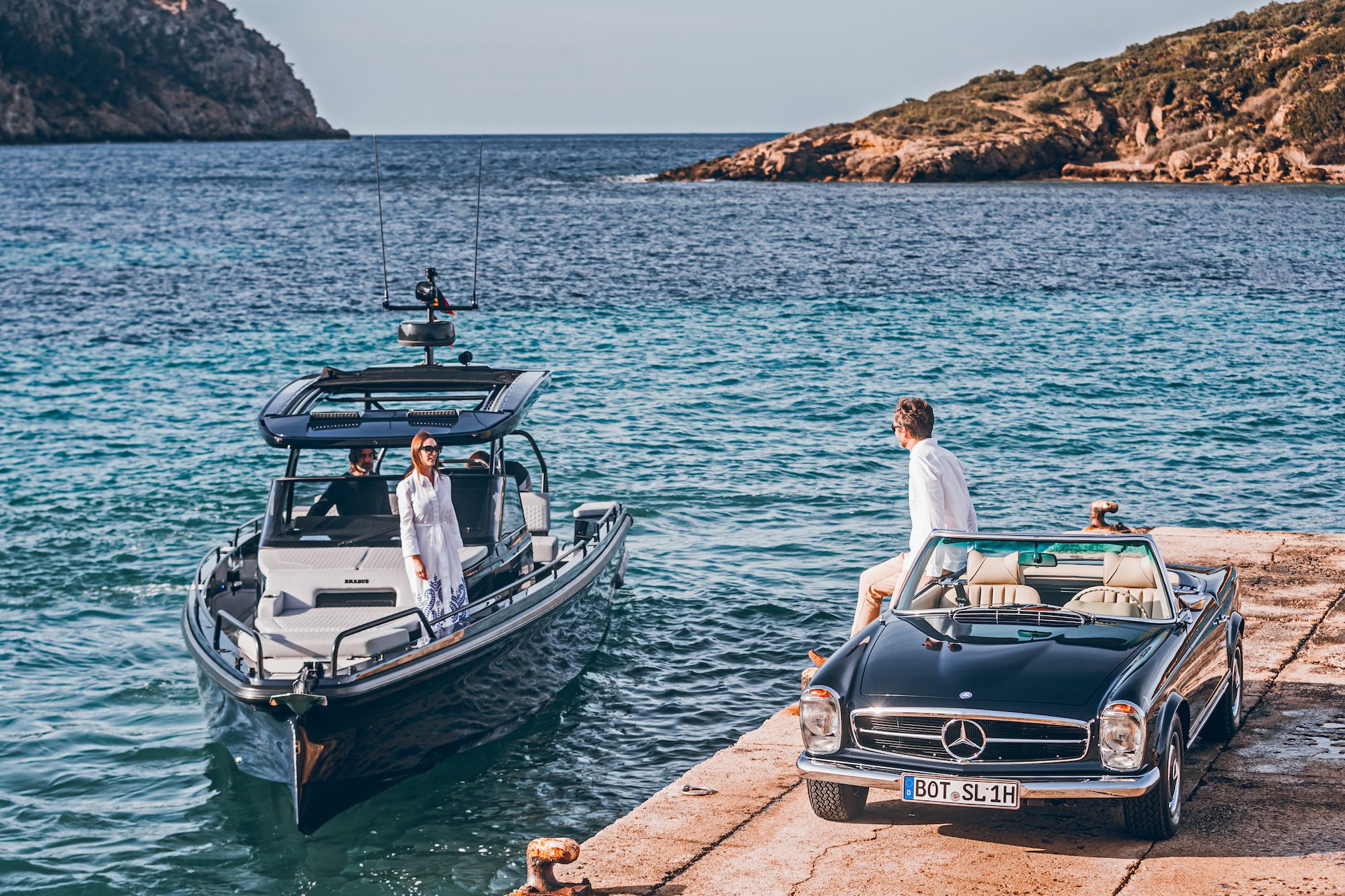
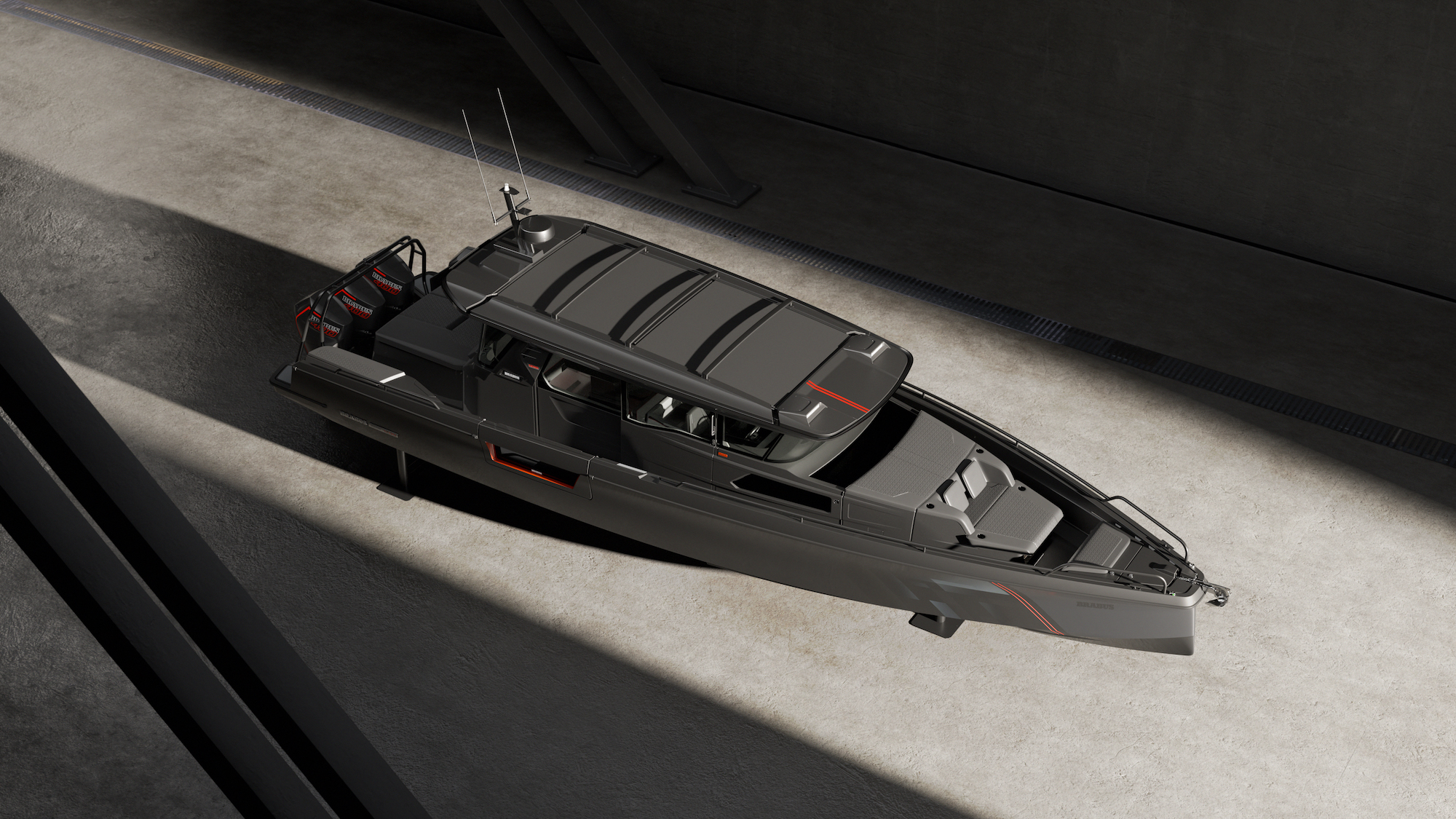
Recent Comments